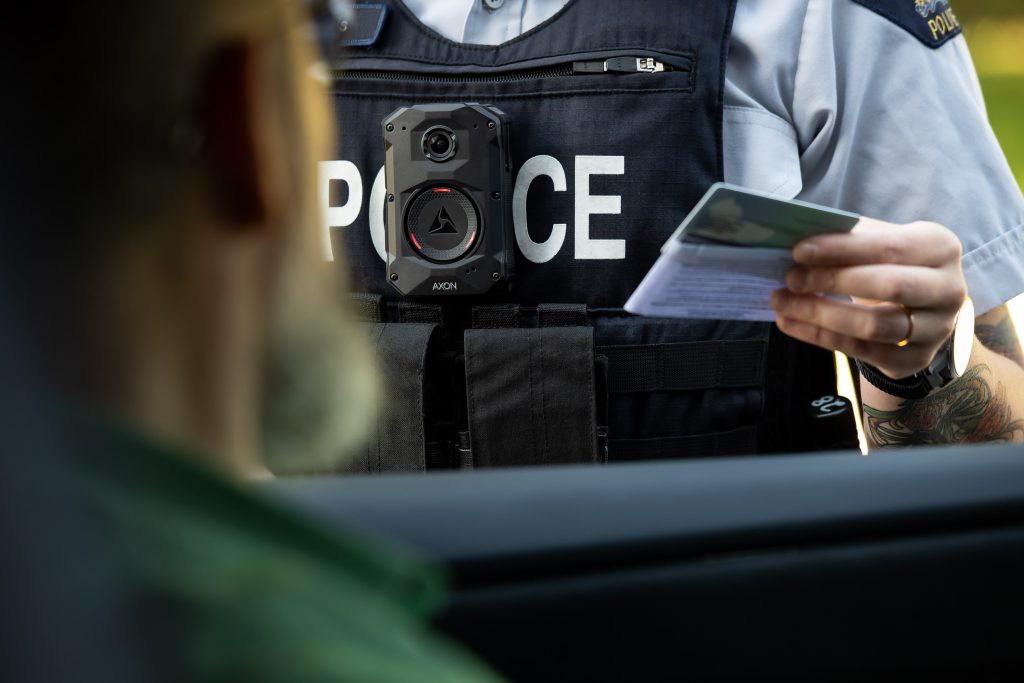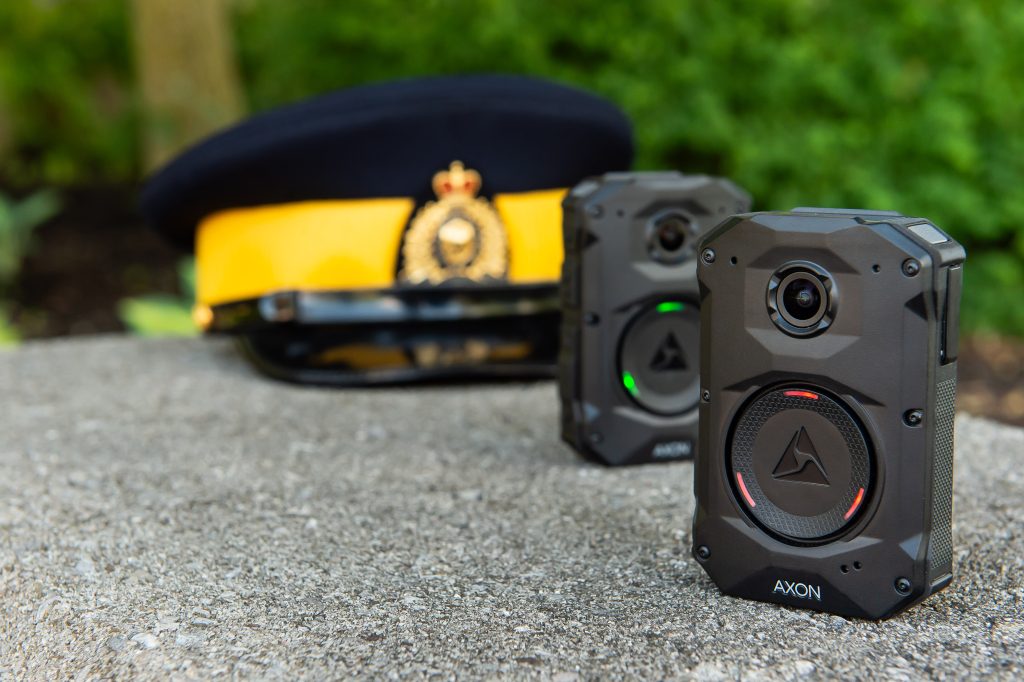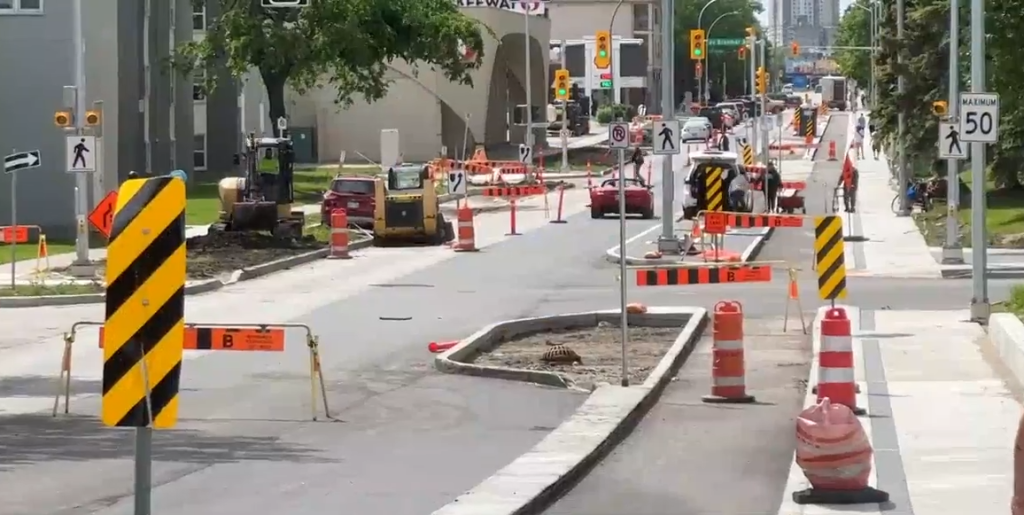Manitoba RCMP to begin wearing body cameras

Posted November 20, 2024 3:48 pm.
Last Updated November 21, 2024 10:29 am.
Manitoba RCMP says it will begin rolling out body-worn cameras for officers over the coming weeks.
The move comes as part of the RCMP’s efforts to be more transparent and to have better accountability.
Additionally, the RCMP will also be using a digital evidence management system which will be used to store and manage videos captured by the cameras.

“Communities have been asking for more accountability and transparency in policing. We are very pleased to say that the RCMP has listened and is deploying body-worn cameras throughout Manitoba,” said Assistant Commissioner Scott McMurchy, Commanding Officer of Manitoba RCMP.
“With today’s launch, it truly demonstrates our commitment to enhancing the trust between the Manitoba RCMP and the communities we so proudly serve throughout the province.”
Cameras will by rolled out across the province starting on Nov. 22. It is expected that by April 2025, over 490 Mounties in 44 detachments will have the cameras.
“If an officer deploys to a call for service and does not activate their camera we would look at it from a supervisor perspective ‘Was it a mistake? Was it intentional?’ And depending on the nature or gravity of the situation it may result in a code of conduct investigation,” said McMurchy.

The following detachments will be the first to receive the cameras:
| Detachment | Date |
| Steinbach | Nov. 22, 2024 |
| Portage la Prairie | Dec. 4, 2024 |
| Amaranth | Dec. 4, 2024 |
| Treherne | Dec. 4, 2024 |
| East St. Paul | Jan. 7, 2025 |
| Grand Marais | Jan. 7, 2025 |
| Selkirk | Jan. 7, 2025 |
| St-Pierre-Jolys | Jan. 22, 2025 |
Additionally, cameras will be provided to detachments that police Ebb and Flow First Nation, Peguis First Nation, Sioux Valley Dakota Nation, Chemawawin Cree Nation, O-Pipon-Na-Piwin Cree Nation as well as a number of other First Nation communities.
All other detachments across the province will have cameras provided over the next 18 months.

Sociology professor Christopher Schneider, who’s research has looked into the impacts of technology on policing and police work, says the latest findings show body cams aren’t the be-all, end-all.
“The fact that a police officer can turn the camera on and off, in my opinion, negates any conversation around holding police accountable for their actions,” said Schneider.
“There have been findings that show no difference between officers with cameras and those without cameras in relation to force and complaints. And in some circumstances, research has found that police force has gone up in the presence of cameras.”



While he still views body cams as an important step, if law enforcement agencies truly want to promote accountability, Schneider believes having officers carry professional liability insurance would go a long way in holding officers who are found of breaking policy accountable.
“We wouldn’t have to subsidize technology and cameras that are inconsistent at best, in terms of their efficacy. With professional liability insurance, all the bad actors, the bad apples as they were, would no longer be able to afford their insurance — wouldn’t be police. We’d be left with good police, problem solved,” Schneider explained.








